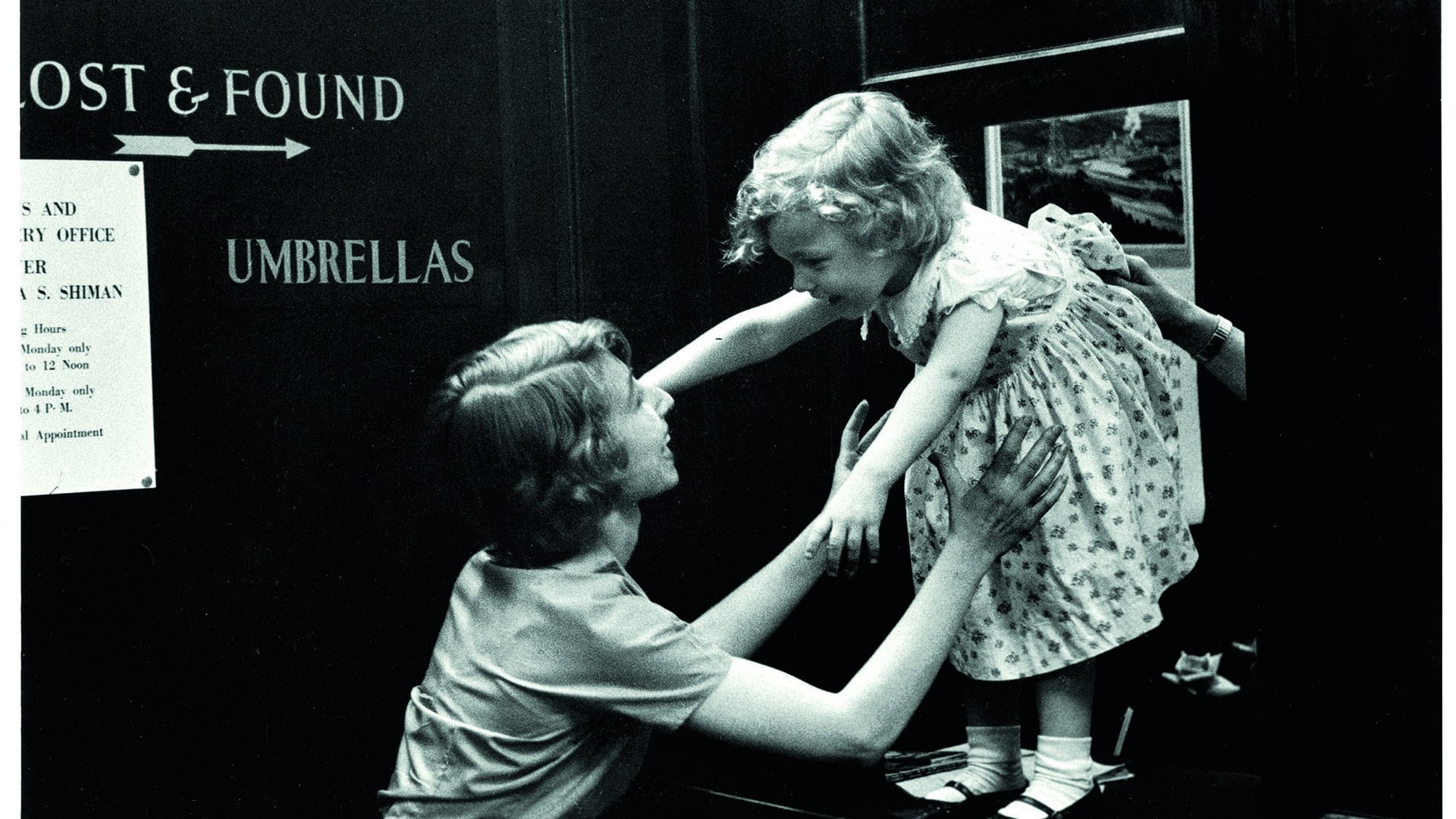Parisian and New York street scenes, world events coverage, press and fashion photos, advertisements, portraits of artists: hardly a discipline seems to have eluded Sabine Weiss’s benevolent lens. Nearing 100, this last representative of French humanist photography, whose work is currently on view at Rencontres d’Arles festival, France, lifts the curtain on some of her darkroom secrets and shares her insights into photography today.

You’re getting blind.
Don’t miss the best of visual arts. Subscribe for $9 per month or $108 $90 per year.
Already suscribed ?


